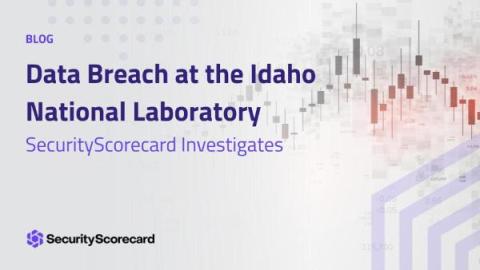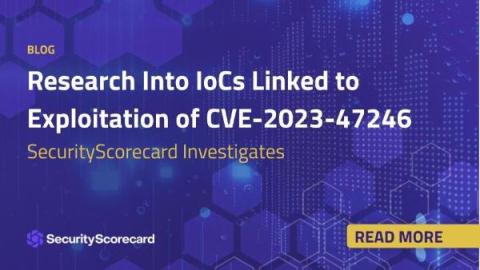Data Breach at the Idaho National Laboratory
On November 20, the Idaho National Laboratory (INL) confirmed that it had suffered a data breach. The confirmation followed the SiegedSec threat actor group’s circulation of claims that it had “accessed hundreds of thousands of user, employee and citizen data” on social media and hacking forums.











